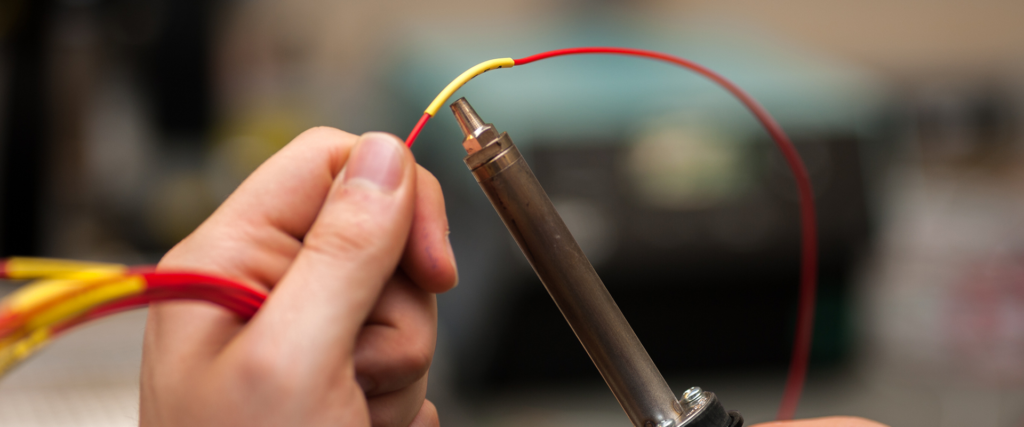Wire protection is an integral part of many manufacturing processes, including within the marine sector and the automotive industry, to name just two. Protecting electrical wires and cables helps to maintain strict safety levels and consistent and reliable performance. Electrical power is responsible for the vast majority of applications in the world, so it is extremely important that wire protection is taken seriously.
There are a few different types of potential hazards that could affect your wiring and cabling. This includes:
Electrical interference and fire hazards – Electrical interference can mess with wiring, causing it to malfunction, whilst overheating and short circuits can lead to fire hazards. This is especially hazardous in industrial settings.
Mechanical risks – physical damage to wiring from footfall and accidental impact can cause problems over time, risking insulation weakening, short circuits, and failures of entire systems.
Environmental risks – wiring that is exposed to the elements can be damaged by extreme temperatures, liquids, and potentially harmful chemicals. Prolonged exposure to heat or chemicals can cause an acceleration of wear and tear or outright damage.
What are the benefits of wire protection?
The primary purpose of wire protection is exactly that, a protective layer that encases the wiring or cabling. This provides benefits such as:
Physical protection – wiring is protected against impact damage, mechanical stresses, and potential abrasion and cuts.
Electrical safety – electrical currents are contained within the protective sleeving, preventing shocks and potential electrical fires.
Moisture and chemical resistance – protective sleeving for wires protects against exposure to water and chemically corrosive substances.
Extend lifecycle – good protective sleeves for wiring help with longevity, ensuring reliable performance in the most challenging environments over many years.
How can you ensure that your wiring and cabling are in good condition?
Following a few best-practice processes as a manager or manufacturer is a great way to maintain high standards and keep your wiring safe. This includes:
Routine maintenance – inspecting wiring and wire protection on a regular basis ensures that you can stay ahead of any potential weaknesses and damage.
Compliance – always follow industry standards and specific safety regulations relating to wiring and wire protection processes.
Invest in quality – not only should the wiring installed be of the highest quality, but so too should the wire protection sleeving and systems that you have in place.
There is such a wide range of potential wire protection, it is essential that you discuss your requirements with a supplier that you can trust. You should always tailor your approach to wire protection to match the needs of your specific applications, choosing different types of protective sleeves and cabling to match different types of cables and wiring groups. You must consider the environment of the wiring and installation, the specific safety requirements and regulations of the space, and the potential hazards that are present. That way, you can choose the correct sheathing to protect the wiring. With the correct wire protection, you can ensure the flexibility of cabling and wires and the reliability of performance.

